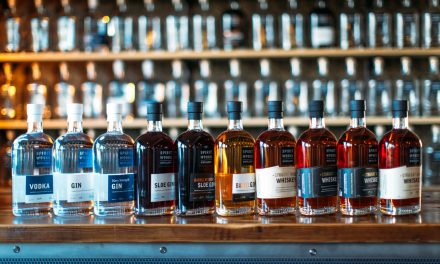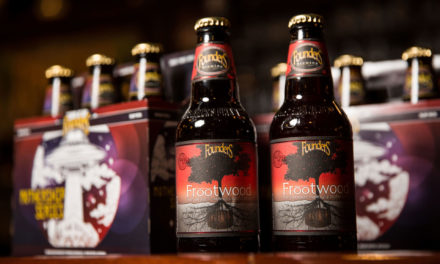Drinks brands face a big challenge. On the one hand, modern communication demands variety: Faster, fresher, and more exciting, please. On the other, without a compelling and cogent narrative, consumers won’t be able to work out who you are or what you’re promising to deliver.
It was all so much simpler before, wasn’t it? Bottle, label, brand message, and (maybe) an advertising campaign were all it took to create a powerful, believable, and connecting message.
Today, branding and messaging strategies need to be super robust and flexible if they’re to bring people and products together across myriad platforms, retain attention, and make serious inroads.
Brands need core creative concepts that deliver coherent but also compelling narrative—visually and tonally, across multiple avenues, from socials to packaging to billboards—to best engage with their customer base.
Take the hugely successful Canadian hard seltzer brand White Claw, which has a firm grip on the health-focused, gender-neutral zeitgeist. A mobile-first strategy lets the brand connect with people pursuing different kinds of fitness activities. By purchasing placement on branded weather apps, for example, the company knows whether to encourage followers to hit the road or the treadmill. Everything is set up to flex and adapt to suit each platform and user, but the core message remains the same: Take care of yourself now and have fun with your friends later.
London-based Scotch whisky brand Compass Box has also pushed boundaries in its sector. Launch day in 2000, for example, saw the distiller approach online influencers rather than the usual whisky experts, generating notoriety and presenting the brand as young and fresh in (what can be) a fusty sector. It chimed perfectly with the brand messaging: Tradition is only half the story; we’re writing the other half.
Both brands have more in common than just clever social-driven marketing strategies. They understand that to build a proper brand from scratch and create a clear, cohesive visual and verbal identity, they need to put strong brand pillars in place. If you want to grow a brand that resonates with your intended audience , you can’t just jump in with an off-the-wall campaign and hope it sticks. There needs to be thought and truth behind a brand or it won’t resonate with consumers on a meaningful level.
This same, foundation-first approach served as the central tenet for my company’s work with British vodka brand Chase. British vodka is giving its Polish and Russian cousins a run for their money at the moment. Chase, a family-run distillery that makes premium potato vodka and operates out of its Herefordshire arable farm, asked us to create a multi-platform brand identity that would bring unity to its range of spirits.
Everything starts with the humble potato at Chase, so that’s where we began. We created a bespoke font, Spud Sans, to celebrate the product’s origins and the Chase family’s history. The font was adapted for use across all platforms, including packaging identity, even an international cocktail contest held at a rock festival on the farm in May 2019.
The overall brand strategy celebrates field-to-bottle production values and marries nostalgia with modernity—a core part of the Chase messaging. It connects the product to the people that matter, including city-centre bartenders, fellow distillers, and consumers looking for origin stories and a bit of history. The brand principles were so well rooted that we could roll out the brand ad infinitum, stretching, flexing and targeting where needed, but never losing sight of the core identifiers.
Of all the behavior-driven technology changes that have had major consequences for the drinks industry, it’s perhaps the need for personalization and adaptability that can cause the most headaches. But if brand pillars are in place, they’ll hold everything up, letting drinks brands respond rapidly and not get left behind.

After more than 10 years working at some of the UK’s leading creative agencies, Paul Ferry (co-founder and director) and James Wood (co-founder and creative director) started ShopTalk in 2017 with the mission of improving the relationship between people and things. They believe creative thinking should apply as much to the working process and client relationships as the final output.











